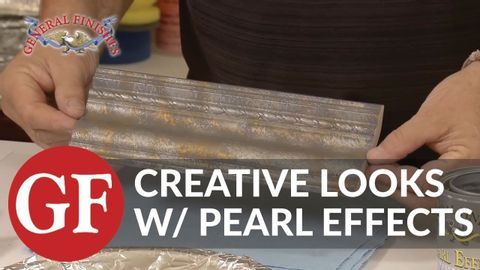
字幕と単語
パールエフェクトを使ったクリエイティブテクニック (Creative Techniques Using Pearl Effects)
00
NNN が 2021 年 01 月 14 日 に投稿保存
動画の中の単語
bit
US /bɪt/
・
UK /bɪt/
- n.馬銜(はみ);少し : 部分;ビット;錐;小銭;ちょっとしたこと
- v.i.魚が餌に食らいつく
- adv.少し
- v.t.噛んだ
- idiom全く~ない;自分の役割を果たす
A1 初級
もっと見る part
US /pɑ:rt/
・
UK /pɑ:t/
- n.(本の)部 : 編 : 巻 : 章;対;髪の分け目;役;一部 : 部分;役割
- v.t.櫛で髪に分け目をつける
- v.t./i.分ける : 裂ける;別れる : 離れる
- adj.分割する : 部分に分ける
A1 初級TOEIC
もっと見る surface
US /ˈsɚfəs/
・
UK /'sɜ:fɪs/
- v.t.(道路を)舗装する : 新しい表面につくりかえる
- v.i.浮上する;浮上する;表面に浮上する
- adj.表面の
- n. (c./u.)表面 : 面 : 水面;うわべ : 見かけ : 外観;表面
A2 初級TOEIC
もっと見る エネルギーを使用
すべての単語を解除
発音・解説・フィルター機能を解除
